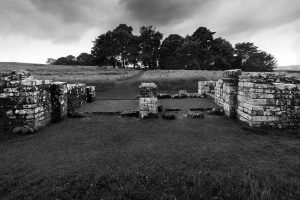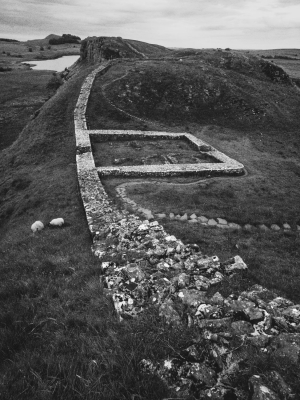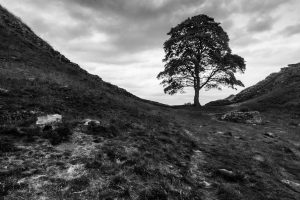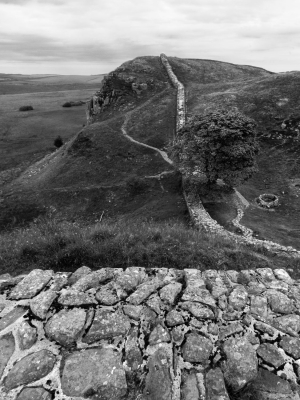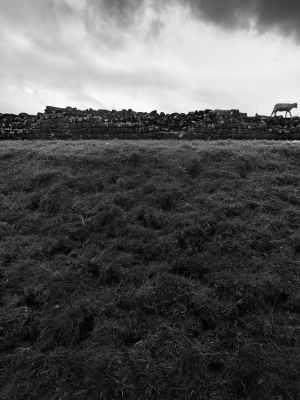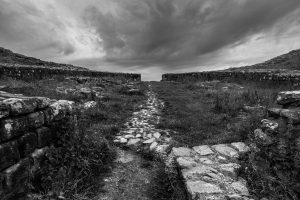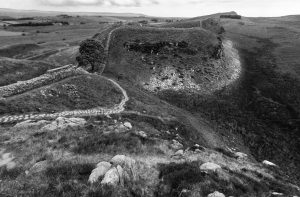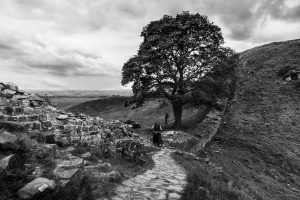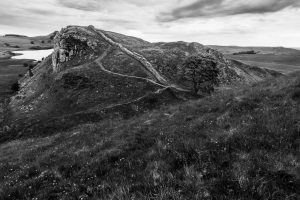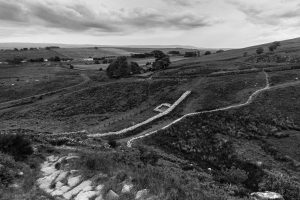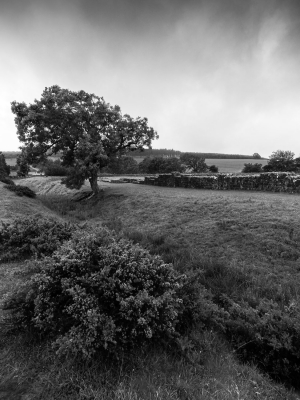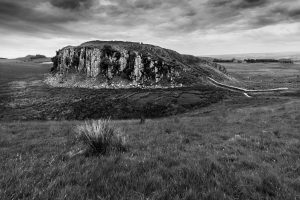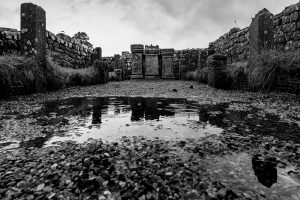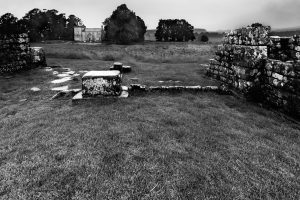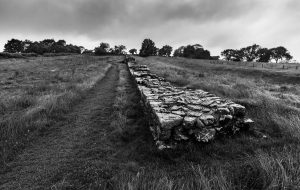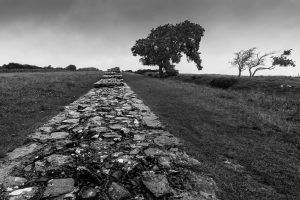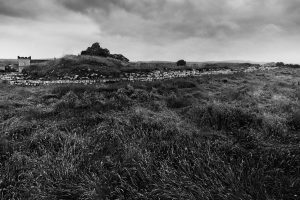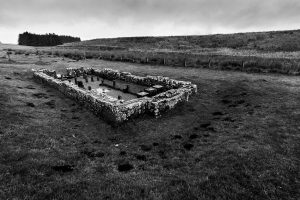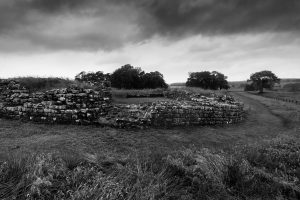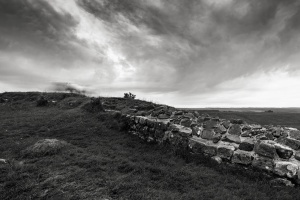Home > The Great British Countryside > Hadrian’s Wall
Hadrian's Wall
Forty years after Emperor Claudius conquered southern Britain in 43 BCE, the Roman governor, Gnaeus Julius Agricola, led a force of 20,000 troops north toward Scotland.
These Roman armies would go on to build heavily armed fortifications all over the island, defending the newly won territory of Britainia. The most famous of these forts is Hadrian's Wall, winding its way along on the northern edge of their British territory.
Despite several invasions defeating the Caledonian tribes, the Romans would never control it. Caledonia (modern day Scotland) unlike the rest of Britain was never considered part of the Roman Empire.
Built under the command of Emperor Hadrian who travelled extensively across the Roman Empire, making improvements to defences and consolidating borders. This coast-to-coast defence line was to protect Roman territory from the marauding Picts.
Photographing Hadrian's Wall
From the coast of Northumberland in the east to the western seaboard of Cumbria, this 2000-year-old wall is 73 miles (117km) long. Sixteen forts were built into the wall, a number of which are well preserved and are accessible upon payment of admission. Other, more ruinous sections will cost you nothing if you can find them.
If you're into history and the outdoors then you're in for a treat. A road trip along the length of Hadrian's Wall passes through some of England's finest countryside, spitting you out in the Lake District (If you're heading west)
The best-preserved and most dramatic stretch of Hadrian’s Wall intersects an iconic walking route called the Pennine Way. This stretch not only includes the best-preserved fort on the wall at Housesteads but also puts you up on high ground at Winshields offering spectacular panoramic views. Furthermore, the Sycamore Gap is only an axe throw from here.
Lace-up your boots, pack your gear, grab a brolly and head out for a 2000-year-old historic trip via a famous sycamore stump (unfortunately the tree was illegally felled in 2023) and more than a fair few sheep.
Completely Useless Facts about Hadrian's Wall
- When the Romans first arrived, Britain was home to numerous warring tribes. Some rebelled against the invaders, but others, such as the Brigantes, a Celtic tribe residing in the north of Britain, would become close allies.
- It's thought to have taken 15000 soldiers six years to complete the wall.
- Many soldiers and civilians travelled great distances to reach Hadrian's Wall, including people from modern-day Syria, Romania and North Africa.
Have a wemooch elsewhere...
Inspired?
Fancy a wee mooch along a 2000-year-old wall like?
You'll need a few things to come together for it all to work out. There's some useful stuff to be clicked and pressed below.
